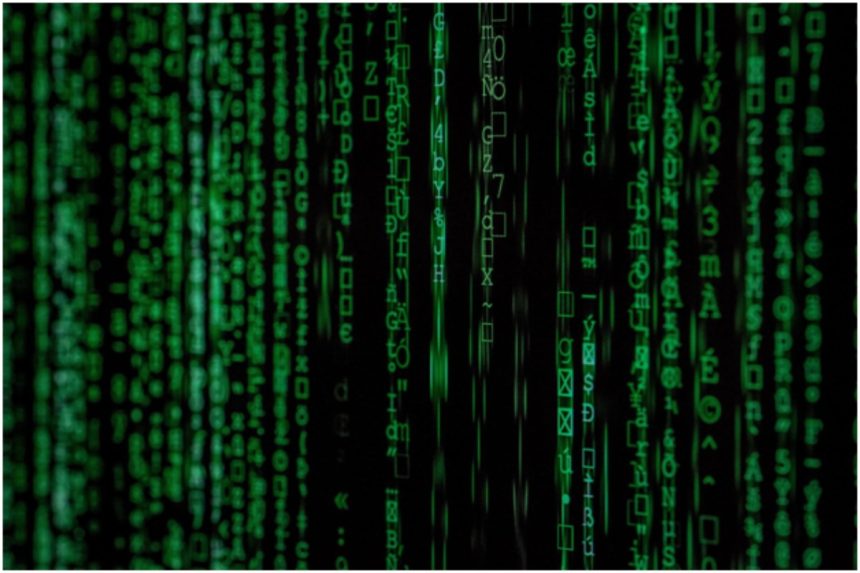Traditionally, counterfeiting practices were centered around the production of fake goods. Presently, though, counterfeiters have evolved, adopting a sophistication that seems genuine to unsuspecting consumers who then fall prey to the scammers’ antiques. These include fake websites and brand impersonation, over and above, producing replicas.
Additionally, online-based businesses can be targeted by malware or phishing attacks. These scenarios, coupled with the projections that counterfeiting will continue growing well into the future, show the need for brand protection.
Brand Protection
Brand protection refers to the process of safeguarding a company’s and its subsidiary’s intellectual property (IP) against infringements, counterfeiters, impersonation on social media, patent theft, or piracy. And, Brand protection is meant to accomplish two objectives:
- To protect the company’s reputation, value, and image.
- To protect against losses that arise from low-profit margins and lost revenue.
By fulfilling these two objectives, brand protection managers also protect their brand against abuse by unscrupulous and malicious individuals. In addition to this, in today’s digital world you need protection in almost all the fields, such as project management, construction management by using Construction project tracking tools.
Types of Brand Infringements
Brand infringement is also known as brand abuse. In essence, it refers to the various avenues through which individuals other than those affiliated with the brand or company engage in intellectual property theft.
Brand infringements exist in many forms, and it’s up to the brand protection manager to be cognizant of all the existing types to protect the company’s image and brand accordingly. The most common types of brand infringements in the digital world are:
Fake websites
For a company to have an online presence, it must have a website. Counterfeiters also know this, and they, therefore, find ways to lure unsuspecting customers by creating fake sites that offer services or products that are similar to what the authentic company sells.
Alternatively, these counterfeiters may create websites that are imitations of the real ones, thereby deceiving consumers into thinking that what they’ve clicked is the real company’s website or its affiliate. Such websites include the real company’s logos, symbols, and (a) trademarked name(s).
Social media impersonation
It’s very easy for anyone to impersonate a company’s profile on social media. All it takes is creating an account or group whose username has the real company’s name. This group or account will then purport to represent the authentic business’s interests or even state that it’s affiliated with it. This type of infringement impinges on the brand’s trademark and copyright.
Counterfeiting
A counterfeit is a fake product that features an identical design and looks like an existing product made by another (real) company. Counterfeiters go the extra mile by also including the company’s trademarked logo, name, and symbols on the replica’s packaging. In all cases, counterfeits don’t have the authorization to produce such products or even use the real company’s intellectual property.
In the digital world, counterfeit products are common in e-commerce listings. Such listings are meant to pull visitors, mainly because the products listed are similar to those produced by the authentic companies. In some instances, they’re even cheaper, further adding to the allure.
Piracy
Piracy refers to the unauthorized distribution, reproduction, or duplication of copyrighted materials, e.g., movies, songs, e-books, scientific articles, and software. Some websites, e.g., The Pirate Bay, are solely dedicated to piracy.
Use of Proxies in Brand Protection
Brand protection managers aren’t entirely powerless in the quest to curtail brand infringements and cyberthreats. One popular method is the use of proxy servers/proxies. However, the successful deployment of proxies as a brand protection tool relies on selecting the right type of proxy from a reputable provider. According to Oxylabs brand protection solution, datacenter proxies are the best for this use case.
With that taken care of, a proxy will protect your brand in the following way:
Adding a Layer of Protection
Proxies are intermediaries through which any traffic to or from your company’s computers goes. The proxies assign the web requests a new IP address, making it impossible for snooping eyes to get ahold of the original IP address. It follows that proxies act as a buffer, thereby adding a protective layer that stops malware attacks.
Email Protection
Nowadays, companies rely on emails for all official communications, thereby making emails a hub of information that could be targeted in cyberattacks. This is where proxies come in. They filter genuine emails and discard those that contain malicious links that carry malware or viruses. With proxy servers, you can also blacklist IP addresses, thereby nipping any future phishing attempts in the bud.
Dealing with brand infringements
You can use proxies to crawl e-commerce websites, online marketplaces, and social media platforms to establish any site that has infringed on your brand’s IP.
Monitoring E-Commerce
Some content on e-commerce websites may be geo-restricted. With proxies, though, you can bypass these geo-restrictions and access such sites to investigate whether they contain trademark-infringing listings.
The success of any business, especially in the present digital world, relies on staying ahead of malicious counterfeiters. Proxies give you a head start.

